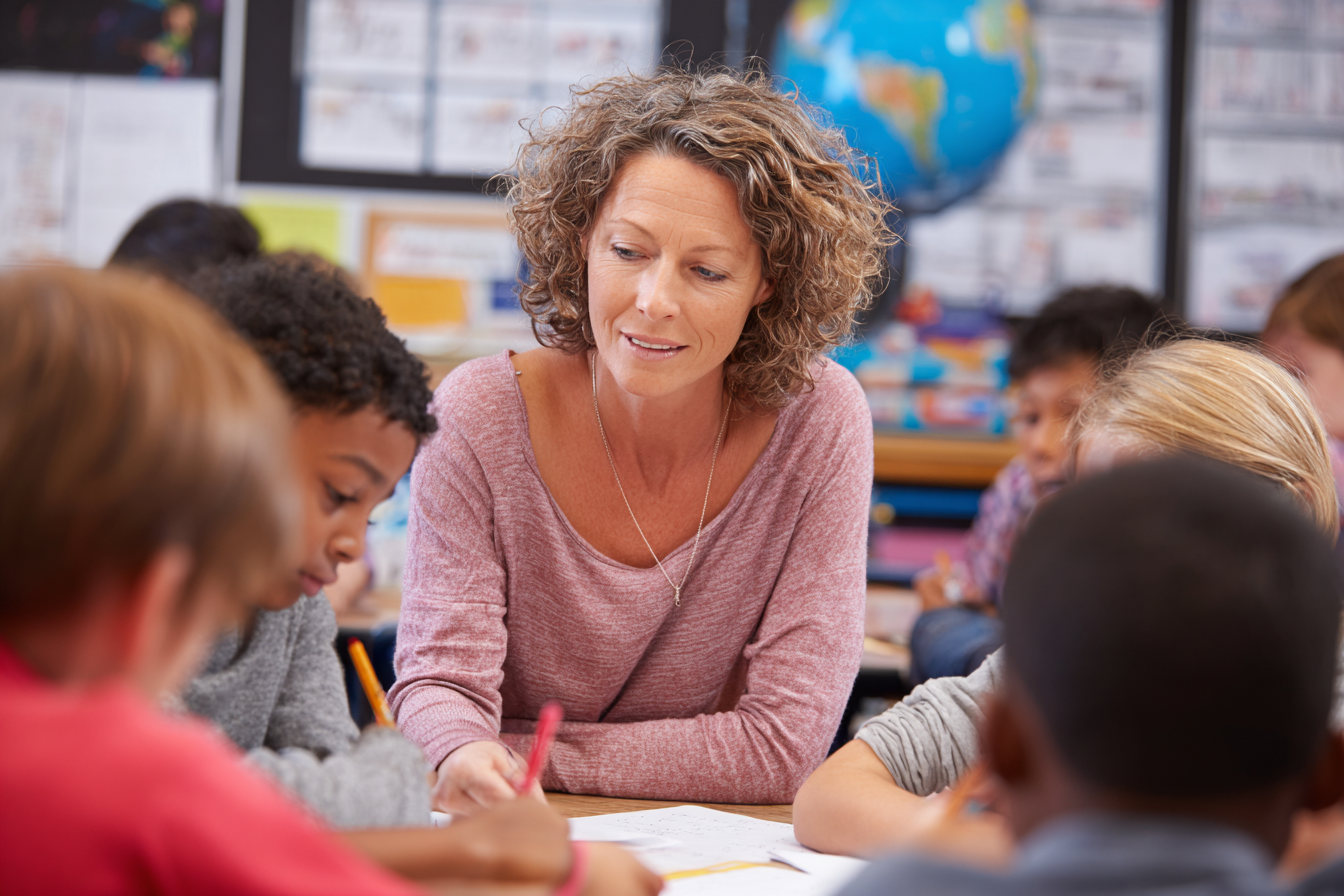Unit Plan 16 (Grade 3 Social Studies): Caring for Our Environment
Students explore how people impact the environment and create evidence-based conservation messages to promote reducing waste and protecting land, water, and air.

Focus: Examine local conservation efforts and human–environment interaction; brainstorm and communicate ways to reduce waste and care for land, water, and air in the community.
Grade Level: 3
Subject Area: Social Studies (Geography • Inquiry/Action)
Total Unit Duration: 5 sessions (one week), 45–60 minutes per session
I. Introduction
In this unit, students become environment helpers who look closely at how people affect the environment and how they can protect it. They explore examples of litter, waste, and pollution, as well as positive conservation efforts like recycling, reuse, planting trees, and caring for parks and water. Using photos, short texts, and simple data or observations, students analyze human–environment interaction—how we adapt, modify, and conserve. Then they work as a class to design and share a conservation message or action, such as posters, announcements, or letters that encourage others to reduce waste and take care of shared spaces.
Essential Questions
- How do people affect the environment in our community—both in harmful and helpful ways?
- What does it mean to conserve natural resources and practice stewardship of land, water, and air?
- What are some real conservation efforts happening in or near our school and neighborhood?
- How can kids communicate ideas and take action to reduce waste and help care for the environment?
II. Objectives and Standards
Learning Objectives — Students will be able to:
- Describe examples of human–environment interaction in their community, including ways people adapt to, modify, and conserve the environment.
- Explain what conservation and stewardship mean using local examples (e.g., recycling bins at school, park clean-ups, water-saving signs).
- Identify at least two environmental challenges (e.g., litter, wasted materials, water use) and brainstorm realistic ways to reduce waste or protect resources.
- Gather simple evidence (observations, photos, notes, short texts) about a local environmental issue or conservation effort.
- Work with classmates to create a communication product (poster, slide, letter, or short script) that shares a conservation message and includes at least two evidence-based reasons or actions.
- Present or display their product to a real audience (classmates, other classes, or school community) and reflect on how their ideas can help the environment.
Standards Alignment — 3rd Grade (C3-based custom)
- 3.C3.Geo.5 — Analyze human–environment interaction (adapt, modify, conserve) and propose stewardship actions.
- Example: Recommend two ways to reduce litter at a local park and justify with evidence.
- 3.C3.Inq.5 — Communicate conclusions and propose informed actions (posters, slides, letters, podcasts).
- Example: Create a class PSA about crosswalk safety with two evidence-based reasons.
Success Criteria — Student Language
- I can explain at least one way people harm the environment and one way people help the environment in my community.
- I can use words like conserve, stewardship, adapt, and modify to describe human–environment interaction.
- I can name at least two actions students can take to reduce waste and care for land, water, or air.
- I can help create a poster, slide, letter, or script that shares a clear conservation message with reasons or examples.
- I can talk about why my conservation idea is important for our school or community.
